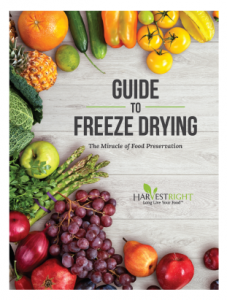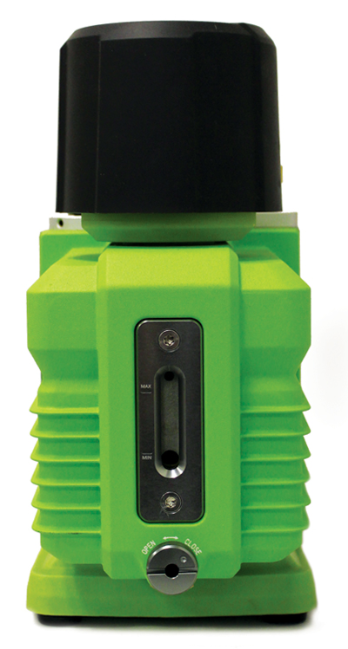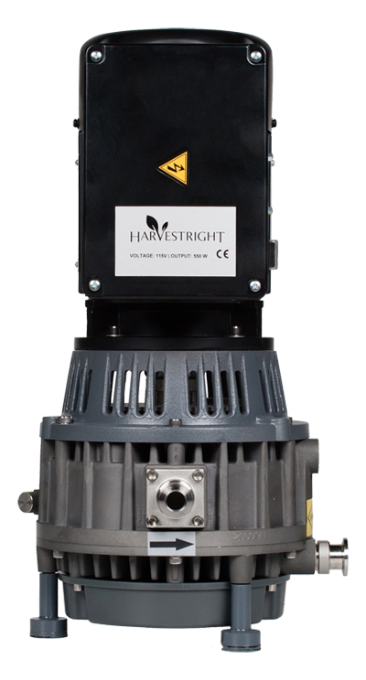Many of us store foods like potatoes, onions, garlic and ginger root in the vegetable drawer in the refrigerator, but storing root vegetables don’t do do well in cold storage. High humidity in refrigerators causes rot and storing root vegetables together can actually affect the flavor. The good news is there is an easy and inexpensive way to store root vegetables properly. Step #1 is to get root vegetables like onions and potatoes out of the crisper drawers. As a rule, root vegetables should be stored in wire mesh or natural fiber baskets at room temperature.
Potatoes
Store potatoes in ventilated baskets or metal bins, or even a sturdy cardboard box holes poked in the sides. Make sure the container is covered with newspaper or cardboard so no light can penetrate. If your potatoes turn green, it’s because they’ve got too much light. Store them at a low and constant temperature.
Onions
Store onions separate from other vegetables (not in the same bin) in a basket or mesh produce bag. Just like storing potatoes, make sure they are stored in a low-light, low-temperature environment. Onion and potato storage baskets are wicker baskets with a lid and a dispensing hole at the bottom of the basket. This allows you to easily rotate your stock while keeping out light and letting in air.
Garlic
Store garlic away from other root vegetables to preserve them both longer. Garlic needs low temperature storage and total darkness. Consider storing your garlic in a terra cotta pot with a lid and ventilation holes.
Squash
You may have noticed that squash decays quickly in the vegetable drawer of your refrigerator. High humidity is this vegetable’s worst enemy. Store your squash in a cool, dark place with a constant temperature. Squash can take higher temperatures (up to 60 degrees) than potatoes and onions, but won’t keep long in temperatures higher than that.
Carrots
You almost have to try to get a carrot to rot. You actually can store carrots in the crisper drawer for a few months, but if your drawer has a humidity control slider, make sure it’s set at the lowest setting. Put one layer of carrots in a gallon zipper bag and squeeze out the air before sealing.
More about containers…
Storing root vegetables is not a new technique and you may be able to find charming containers at antique stores that were purposefully made for storing vegetables. Specialized baskets or wooden stands with basket drawers are a great option and add character to your kitchen or pantry. Beware the wooden potato bins that were popular in the 70s and 80s – wooden boxes don’t permit enough air circulation. Stick to wicker, natural fiber or ventilated metal. Vegetables bins use to be a common part of kitchen cabinet design and perforated, deep metal drawers are making a comeback with modern cooks. Look around for wire or perforated metal bin inserts that will fit your existing cabinets.





How far apart does each vegetable (like onions and potatoes) need to be from each other? If you do not have a lid on each basket, for example storing them in few separate bins in a dark cabinet. A few inches? Feet? Thanks!
How far away from each other is good for storing onions and potatoes? I have a small kitchen with minimal storage optiolns – I usually keep them in the same cabinet hung in seperate mesh bags
I have the same question…how far apart on a countertop or in a dark enclosed area, such as a cabinet or pantry, do potatoes and onions need to be kept? I intend to either place them together in separate ventilated jars on the countertop, or in open baskets in the pantry, but not sure how far apart they need to be from one another.